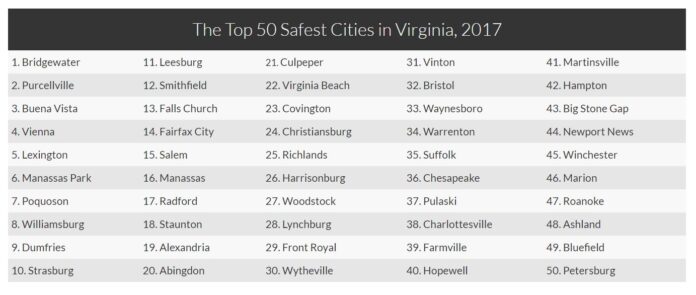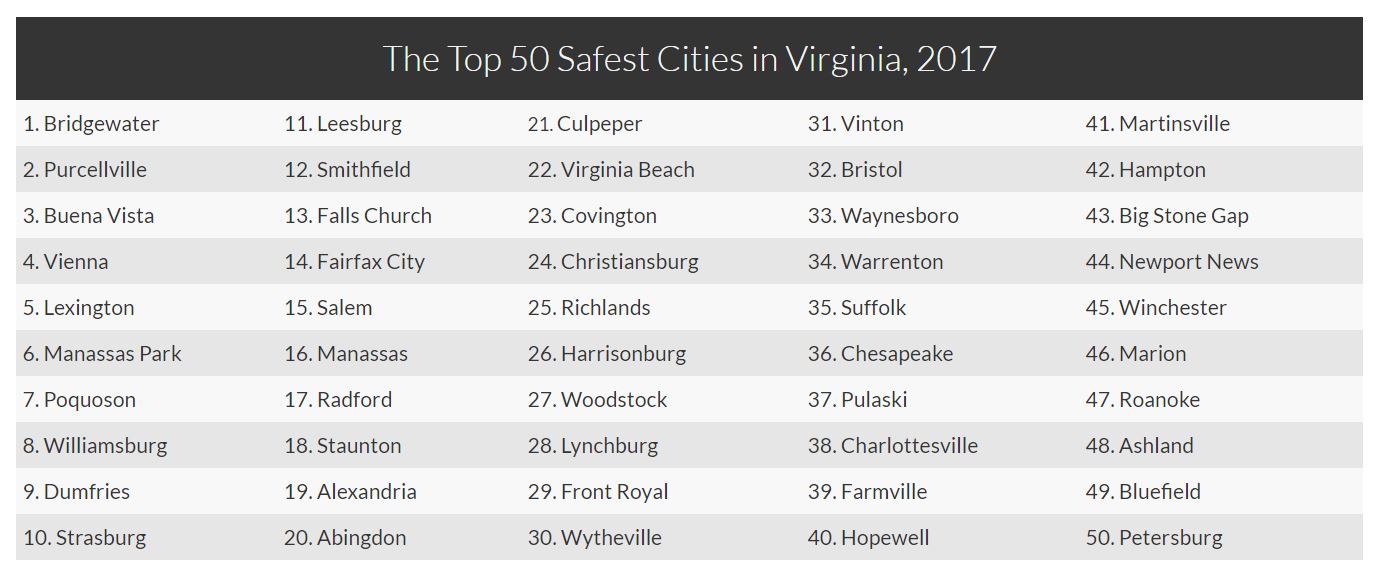Roanoke Not Doing So Good . . .
A little bit of south; a little bit of north— Virginia is a unique place where traditions swirl and history runs deep. The 10th state to enter the Union, Virginia is also the 14th most populated state and the 35th largest.
One of its claims to fame is that it has birthed more presidents (eight, to be precise) than any other state. In 1607, the London Company established the first permanent New World English colony here. Our capital is Richmond, which served as the capital of the Confederate State of America during the Civil War. Our biggest city is the sunny town of Virginia Beach, which draws many travelers from the mid-Atlantic and beyond.
While agriculture is prominent in the Shenandoah Valley, military facilities are a big economic engine in the Hampton Roads, and federal agencies that remain close to Washington D.C. are located in Northern Virginia, including the U.S. Department of Defense and the Central Intelligence Agency.
Foodies are probably most interested in the fact that Virginia is the third-biggest producer of seafood in the country, behind Alaska and Louisiana. Virginia really is a state where there’s something for everyone, and that’s why it makes for such an appealing place to move to. But folks who decide to do so are looking more and more at safety rankings when searching for a new place to call home.
A Few Basic Facts about Virginia:
The average population of our Towns and Cities is 45,955.
The violent crime rate is 3 per 1,000 people
The Property Crime Rate is 27 per 1,000 people
Because navigating through crime statistics can be a difficult and time-consuming process, the National Council for Safety and Security has compiled the following data using the most recent FBI Uniform Crime Report statistics along with their own population data and internal research.
The group eliminated any cities that failed to submit a complete crime report to the FBI and removed cities with populations under 5,000. Note that the use of the word “cities” is versatile, refers to populations of 5,000 and over, and thus also includes places that are more commonly described with the words “town” and “township.”
The remaining cities were ranked based on the number of reported violent crimes (aggravated assault, murder, rape, and robbery) and property crimes (burglary, arson, larceny-theft, and motor vehicle theft) per 100,000 people. These variables were then weighted, with violent crimes accounting for 70% of the total (due to their severity) and property crimes accounting for 30%. Finally, we moved the decimal point over a few spots to show rates per 1,000 people.



